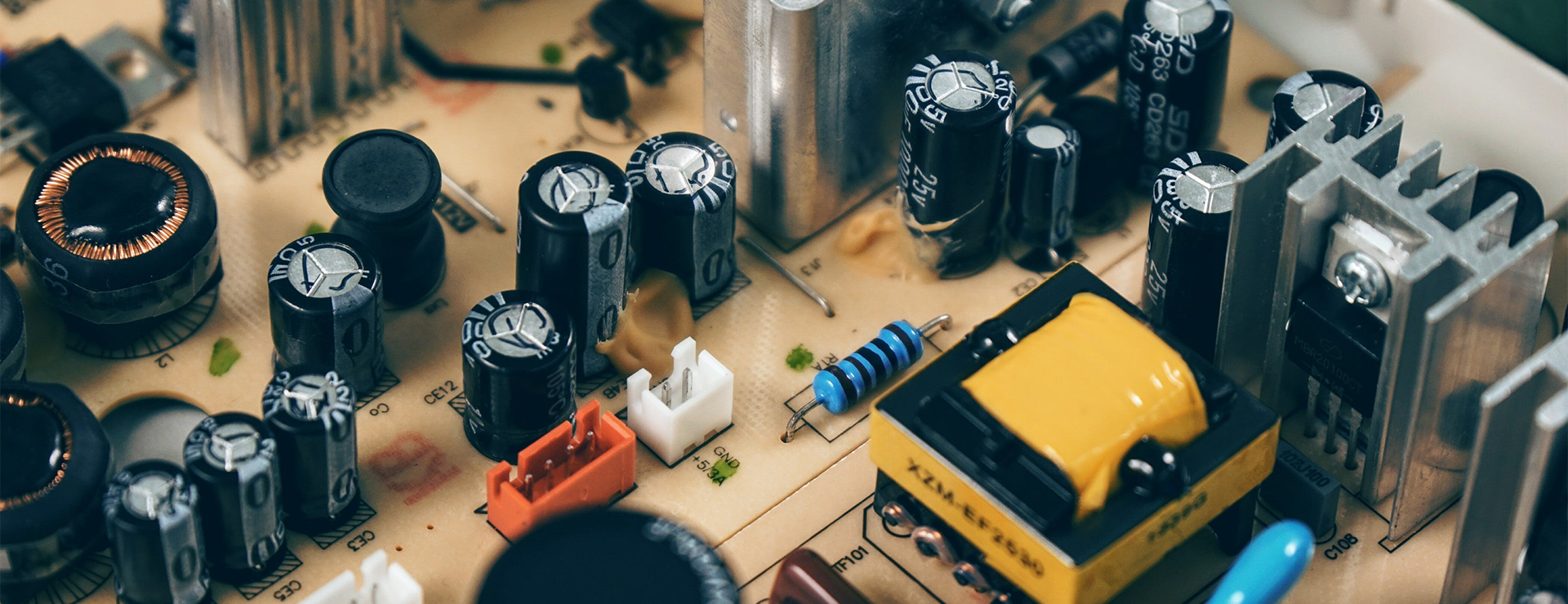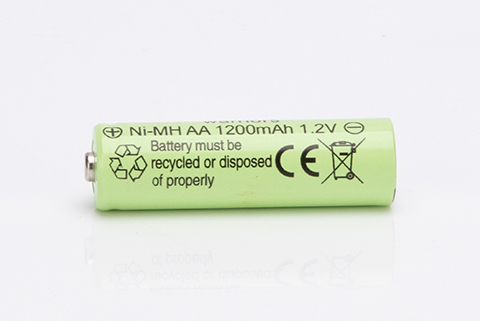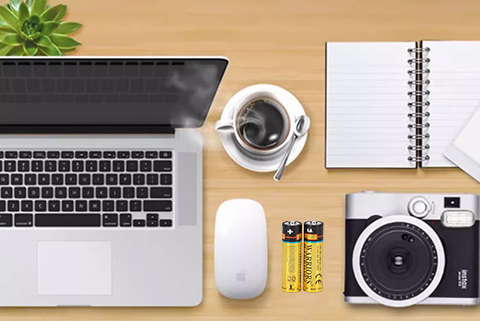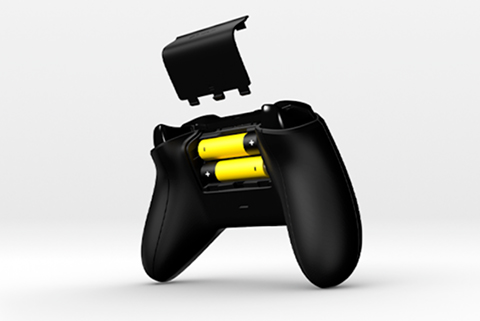What Are the Electrical Properties and Dimensional Stability of TLX-8 PCB?
What Are the Electrical Properties and Dimensional Stability of TLX-8 PCB?
Introduction
The TLX-8 PCB 30mil is a highly versatile and reliable high volume antenna material designed to offer exceptional performance in a wide range of RF applications.
This PTFE fiberglass laminate material boasts a host of impressive features, including excellent PIM values, outstanding mechanical and thermal properties, low and stable Dk (Dielectric Constant), and dimensional stability. Its resistance to extreme environments, radiation, high temperatures, and moisture absorption make it suitable for demanding applications such as space launch, engine modules, warship antennas, and altimeter substrates.
This blogarticle will delve into the various benefits, properties, construction details, and typical applications of the Taconic TLX-8 PCB, highlighting why it is an excellent choice for radar systems, mobile communications, microwave test equipment, microwave transmission devices, amplifiers, and more.
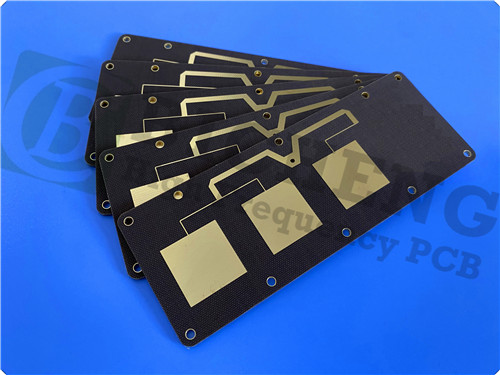
Benefits
The TLX-8 30mil Taconic PCB Substrate offers a plethora of advantages that make it a suitable choice for demanding RF applications:
1) Excellent PIM Values:
With PIM values measured lower than -160 dBc, it ensures exceptional signal integrity and minimized interference.
2) Superior Mechanical & Thermal Properties:
The material provides robust mechanical reinforcement and exhibits excellent thermal stability, making it suitable for harsh environments.
3) Low and Stable Dk:
The TLX-8 High Frequency PCB maintains a low and stable Dielectric Constant, ensuring predictable electrical performance throughout a wide range of frequencies.
4) Dimensional Stability:
It demonstrates exceptional dimensional stability, preventing warpage and ensuring precise and reliable assembly.
5) Low Moisture Absorption:
Its low moisture absorption properties enhance reliability in humid environments.
6) Tightly Controlled DK:
The material's consistent Dielectric Constant allows for accurate design and predictability in RF applications.
7) UL 94 V0 Rating:
TheTLX-8 PCB has a UL 94 V0 rating, indicating excellent resistance to flame propagation.
Main Properties
The TLX-8 Taconic RF PCB Circuit Board possesses impressive electrical and dimensional properties, making it an ideal choice for a wide range of RF applications. Some key properties include:
Electrical Properties:
Dielectric Constant @ 10 GHz: 2.55±0.04
Dissipation Factor @ 10 GHz: 0.0018
Surface Resistivity Elevated Temp.: 6.605 x 10^8 Mohm
Surface Resistivity Humidity Cond.: 3.550 x 10^6 Mohm
Volume Resistivity Elevated Temp.: 1.110 x 10^10 Mohm/cm
Volume Resistivity Humidity Cond.: 1.046 x 10^10 Mohm/cm
Dimensional Stability:
MD (Machine Direction) After Bake: 0.06 mm/M (mils/in)
CD (Cross-Machine Direction) After Bake: 0.08 mm/M (mils/in)
MD Thermal Stress: 0.09 mm/M (mils/in)
CD Thermal Stress: 0.10 mm/M (mils/in)
Coefficient of Thermal Expansion (CTE, 25-260°C):
X-Axis: 21 ppm/°C
Y-Axis: 23 ppm/°C
Z-Axis: 215 ppm/°C
Td (Temperature at which weight loss occurs):
2% Weight Loss: 535°C
5% Weight Loss: 553°C
Chemical / Physical Properties:
Moisture Absorption: 0.02%
Dielectric Breakdown: > 45 Kv
Flammability Rating: V-0 (UL-94)
PCB Construction
The TLX-8 Taconic PCB Laminates features a 2-layer rigid PCB construction, making it suitable for low layer count microwave designs. The PCB stackup consists of copper_layer_1 (35μm), Taconic TLX-8 Core (0.762 mm or 30mil), and copper_layer_2 (35μm). The finished board thickness is 0.8 mm, and the finished copper weight is 1oz (1.4 mils) on outer layers. With a minimum trace/space of 5/5 mils and a minimum hole size of 0.3mm, it enables precise and intricate circuit designs.
The Taconic TLX-8 PCB is treated with 20μm via plating thickness and features an immersion gold surface finish. The top silkscreen is white, while the bottom silkscreen is not present. With no top or bottom solder mask, this PCB offers flexibility in soldering and assembly processes. Additionally, each board undergoes a 100% electrical test prior to shipment, ensuring superior quality and functionality.
PCB Statistics
TheTLX-8 Taconic RF PCB comes with 26 components, 48 total pads, 25 thru-hole pads, 23 top SMT pads, 0 bottom SMT pads, 32 vias, and 2 nets. This comprehensive range of statistics reflects the versatility and adaptability of this PCB to meet various circuit design requirements.
Availability and Typical Applications
The TLX-8 Taconic High Frequency PCB is available worldwide, making it readily accessible for diverse markets. Its exceptional properties and construction make it an excellent choice for a wide range of RF applications. Some typical applications include:
1) Radar Systems:
The TLX-8 PCB ensures reliable signal transmission and reception, improving the performance of radar systems.
2) Mobile Communications:
With low PIM values and stable electrical properties, this PCB enhances the quality and reliability of mobile communication devices.
3) Microwave Test Equipment:
The TLX-8 enables precise and accurate testing in microwave frequencies, ensuring reliable measurement results.
4) Microwave Transmission Devices:
It supports the efficient transmission of microwave signals, making it ideal for microwave amplifiers, couplers, splitters, and combiners.
5) Antennas:
The TLX-8's resistance to extreme environments, including high vibration and moisture, makes it an excellent choice for antenna applications, such as warship antennas.
Conclusion
In conclusion, the TLX-8 30mil Taconic Substrate PCB stands as a versatile and reliable high-performance antenna material capable of delivering exceptional performance in a wide array of RF applications. Its outstanding electrical and dimensional properties, coupled with its availability and global reach, make it a go-to choice for engineers and designers seeking reliable and high-performance solutions for their RF circuit designs.
